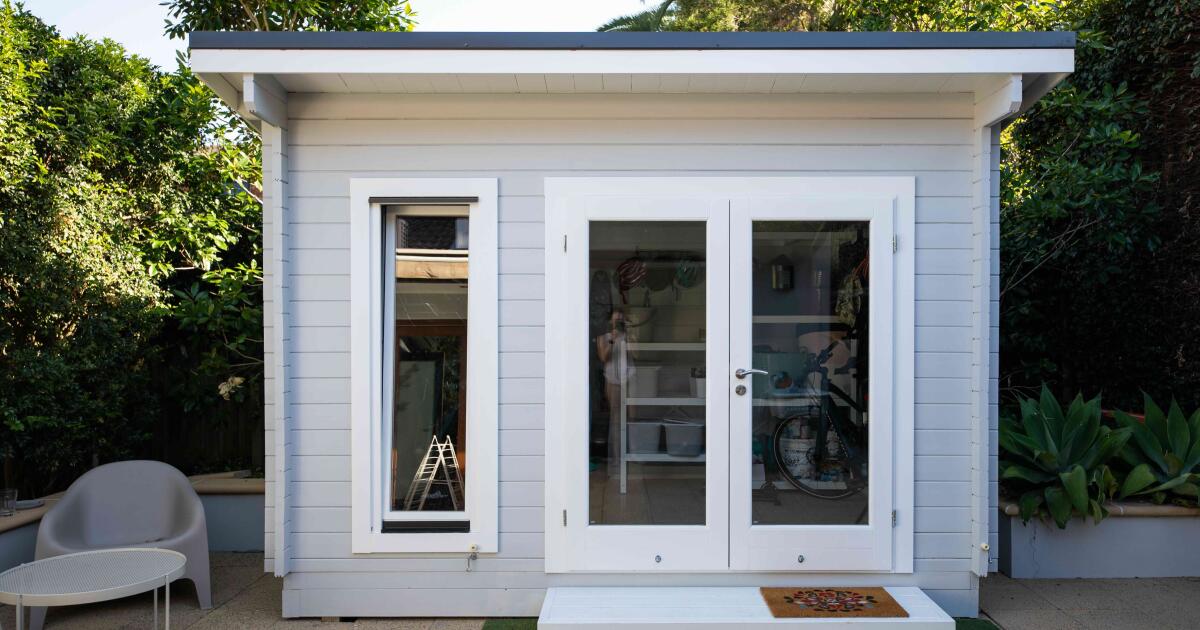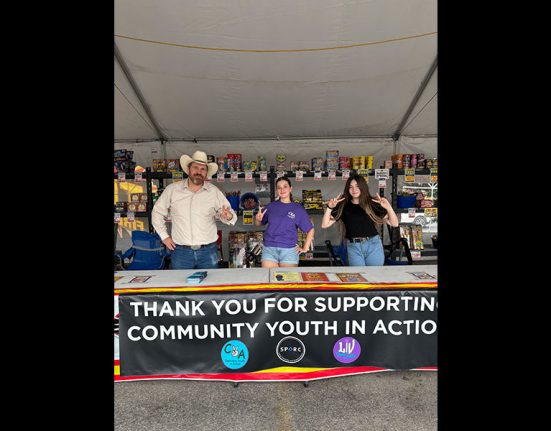When wildfire destroys your home, having a safe place to live while you rebuild is essential. In response to the January 2025 wildfires, state and local leaders in Los Angeles County created new, faster pathways for survivors to place temporary or smaller permanent housing units on their properties.
If you’re planning to move back onto your property after the wildfires, here’s how you can take advantage of these emergency housing provisions.
Emergency Rules Expand Housing Options
In early 2025, the City and County of Los Angeles, along with the State of California, issued emergency orders that made it easier for wildfire survivors to live on-site while they rebuild.
“This unprecedented natural disaster warrants an unprecedented response that will expedite the rebuilding of homes, businesses, and communities,” said Los Angeles Mayor Karen Bass in a press release announcing an executive order to make it easier to rebuild homes.
Governor Gavin Newsom echoed that sentiment, and said in a press release, the state is “taking decisive action to help provide housing and assistance as quickly as possible. Today, we are expediting the creation of new temporary housing by removing roadblocks and strengthening protections against exploitation.”
These new rules allow you to bring an RV, manufactured or mobile home, modular unit, or tiny home onto your lot for up to three years, or as long as you have an active building permit for constructing your primary building, whichever is longer.
Before these changes, many of these options required lengthy reviews or weren’t permitted for full-time living.
The process is now streamlined specifically for those affected by the 2025 fires. Los Angeles County, for example, reviews most temporary housing permits within two business days. One thing to note for unregistered tiny homes, yurts, and other alternative dwellings. They are still not recognized as legal for long-term use unless they meet local and state standards, so they are likely ineligible for permits.
ADUs for Refuge
Accessory Dwelling Units (ADUs), also called granny flats or backyard cottages, have become a popular housing option since the fires. State and local governments have temporarily relaxed and expedited permitting for ADUs to help survivors stay onsite while rebuilding their primary homes.
You can now build an ADU as a permanent structure on your lot and use it as your primary residence during reconstruction. In many cases, fees are reduced or waived for those affected by the 2025 wildfires. Short-term rental restrictions were suspended by the LA County Board of Supervisors, so you can use an ADU to house yourself, family members, or other survivors. Governor Newsom’s 2025 executive order removed some environmental review steps (CEQA/Coastal Act) for ADUs on fire-damaged lots, further speeding up the approval process.
ADUs must still meet safety, zoning, and utility standards. If certified as an ADU, a movable tiny home may also be allowed. Rules differ by city, so check before you buy or move a unit onsite. ADUs are typically built using traditional, wood-frame construction, but prefabricated and modular ADUs are also available for faster setup. Prefab units may be approved faster and often meet strict fire safety and energy standards
How to Get a Temporary or New Unit Onsite
Before moving any unit onto your property, confirm with your city or county planning department to know exactly what’s allowed. The rules and available fast-track programs apply specifically to properties affected by the 2025 fires. Follow the steps below to complete the process smoothly.
Apply for a Permit
Applications for temporary housing are now reviewed in as little as two business days. You do not have to wait for debris removal before starting your application.
If your construction takes longer than three years, you can request an extension from the county or city. Let your building department know if your project is delayed, as most agencies will work with survivors who are making progress.
Utilities and Inspections
All temporary and permanent units must be connected to approved water, sewer (or septic), and electric services. Safety inspections are required before moving in.
Insurance
Check with your insurer before placing a unit on your lot. California’s Insurance Commissioner ordered all insurers to advance personal property and living expense funds for wildfire survivors and to provide at least 24 months of Additional Living Expense (ALE) coverage for state-declared disasters.
HOA Rules
If you live in a neighborhood with a Homeowners Association, verify their policies. Some HOAs have unique restrictions even during disaster recovery. You may need an HOA waiver or approval to place temporary structures on your property.
Site Cleanup and Safety
You can apply for and obtain temporary housing permits before debris removal is finished, but a cleared area is needed to physically place your unit and connect utilities. Coordinate with debris removal crews to avoid the need to relocate your unit later to keep clear of their work area.
Public health officials advise that if your property or neighboring land still has significant debris, consider delaying re-occupancy if possible. If you must be there, wear respirators, avoid stirring ash, and protect yourself from dust. Safety is top priority to avoid future problems and to protect your health.
For more help and information on rebuilding, visit the LA County Dept. of Regional Planning (Wildfire Rebuild Unit) or call (213) 974-6411.







